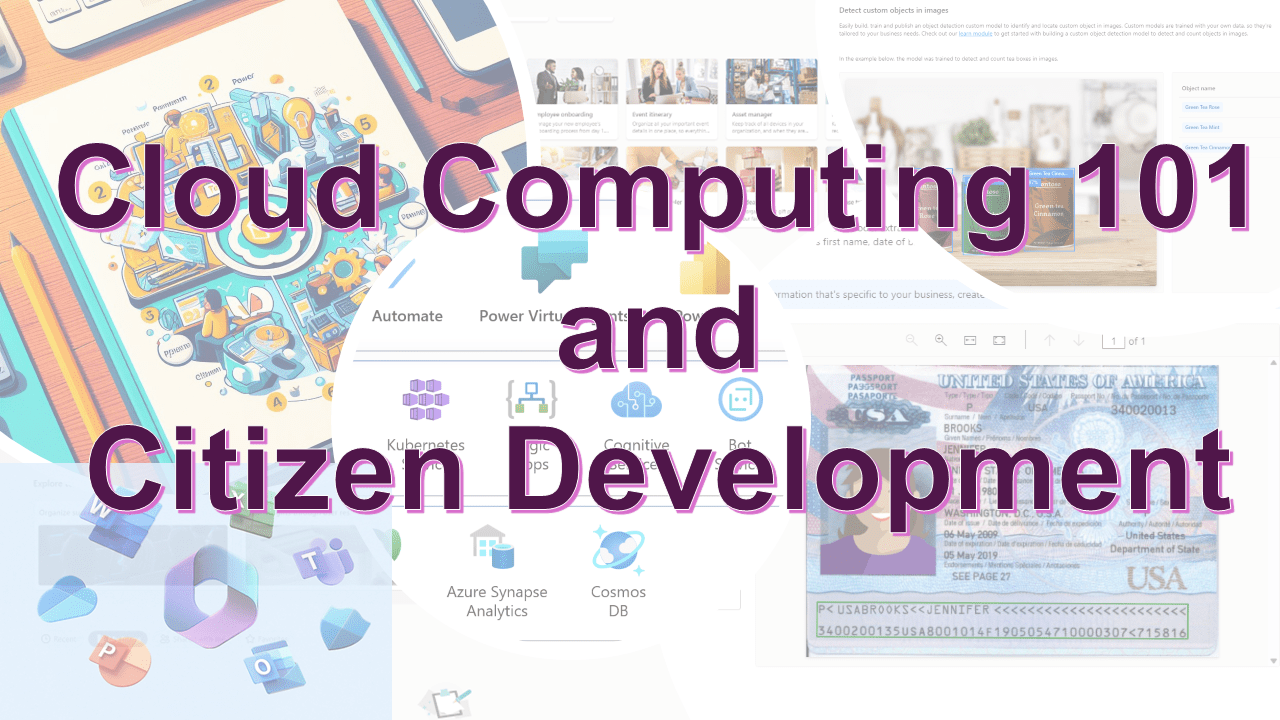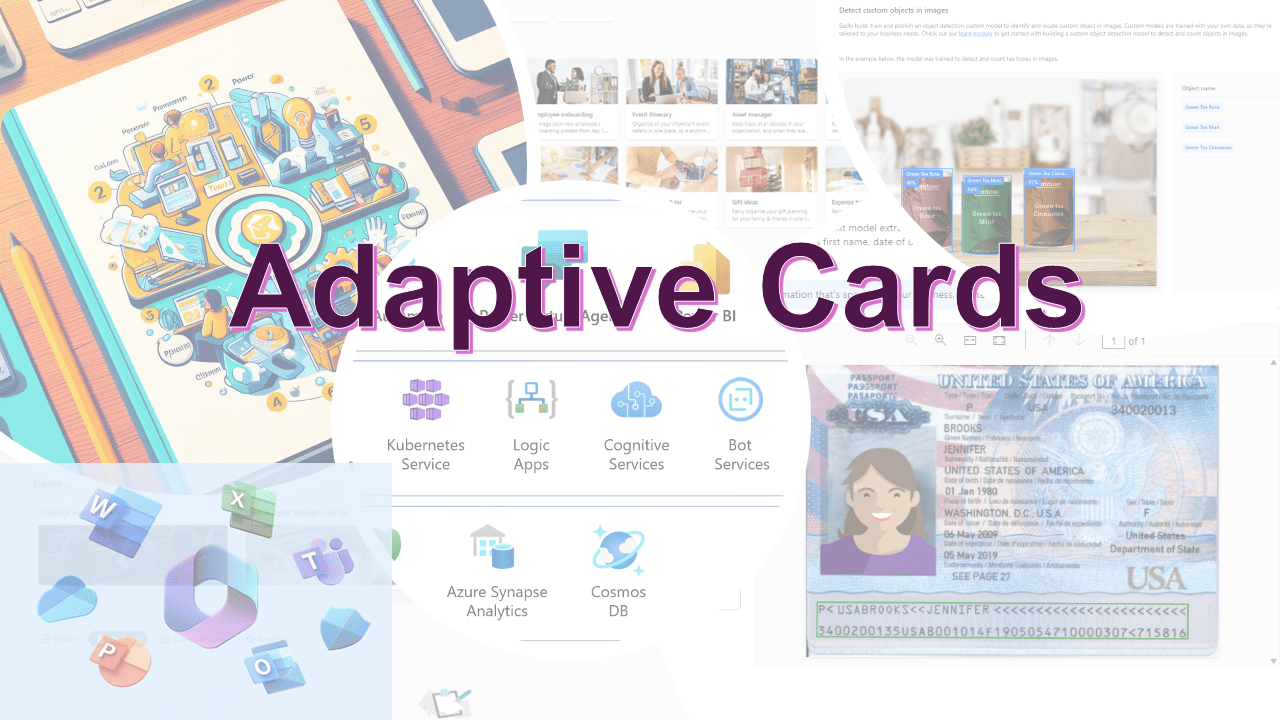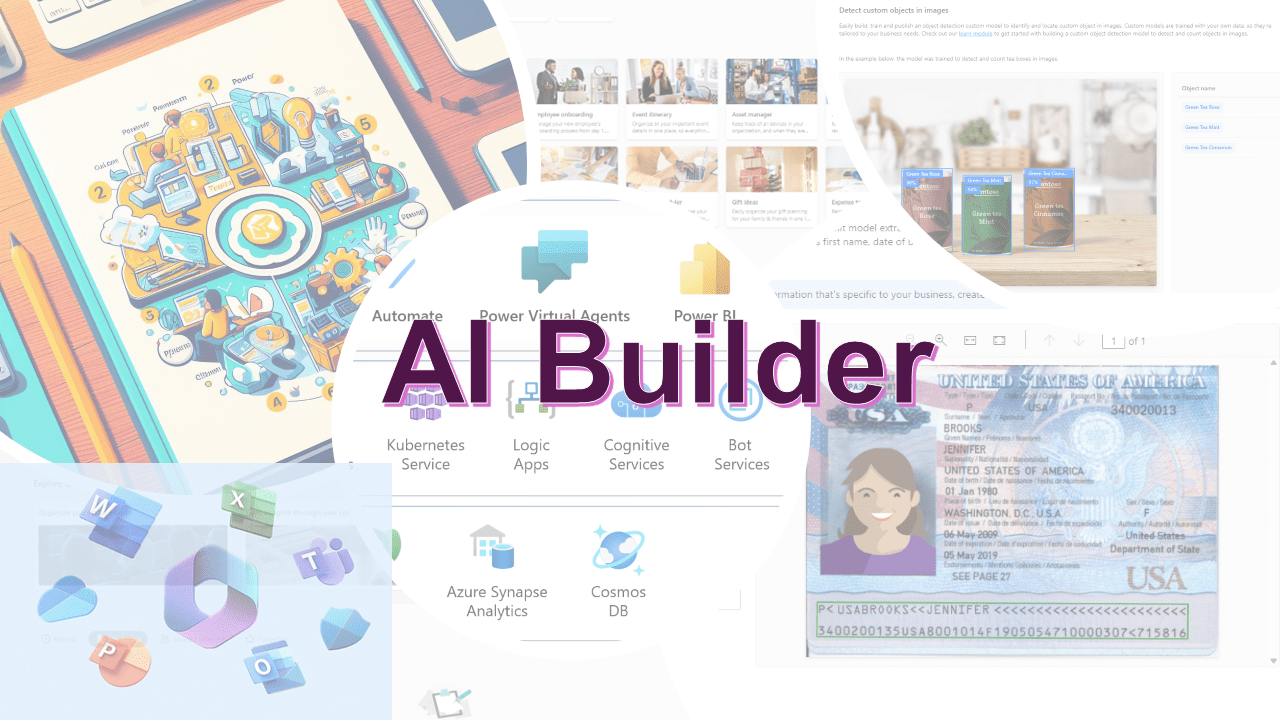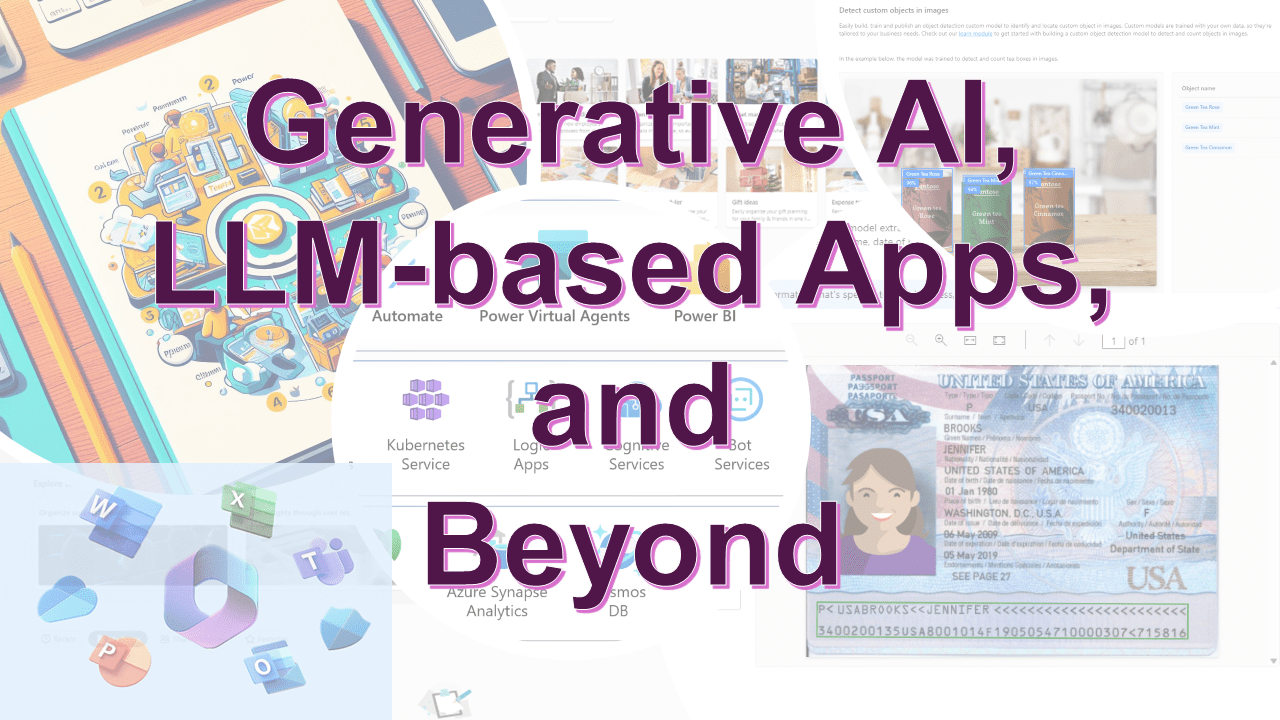Context: Generative Artificial Intelligence (GenAI) is transforming much of
software development, yet its application in software architecture is still in
its infancy, and no prior study has systematically addressed the topic. Aim: We
aim to systematically synthesize the use, rationale, contexts, usability, and
future challenges of GenAI in software architecture. Method: We performed a
multivocal literature review (MLR), analyzing peer-reviewed and gray
literature, identifying current practices, models, adoption contexts, and
reported challenges, extracting themes via open coding. Results: Our review
identified significant adoption of GenAI for architectural decision support and
architectural reconstruction. OpenAI GPT models are predominantly applied, and
there is consistent use of techniques such as few-shot prompting and
retrieved-augmented generation (RAG). GenAI has been applied mostly to initial
stages of the Software Development Life Cycle (SDLC), such as
Requirements-to-Architecture and Architecture-to-Code. Monolithic and
microservice architectures were the dominant targets. However, rigorous testing
of GenAI outputs was typically missing from the studies. Among the most
frequent challenges are model precision, hallucinations, ethical aspects,
privacy issues, lack of architecture-specific datasets, and the absence of
sound evaluation frameworks. Conclusions: GenAI shows significant potential in
software design, but several challenges remain on its path to greater adoption.
Research efforts should target designing general evaluation methodologies,
handling ethics and precision, increasing transparency and explainability, and
promoting architecture-specific datasets and benchmarks to bridge the gap
between theoretical possibilities and practical use.























